
The Isaac Regional Council urges the community to proactively plan for disaster events such as cyclones, storm surges, floods and bushfires. Become an expert about how to prepare your family and friends, source information during a disaster or emergency, and what recovery options are available.
DISASTER DASHBOARD
Local Disaster Management Group
The Isaac Local Disaster Management Group (LDMG) is made up of members from various agencies who support the community in times of need. The Mayor is the Chair of the Local Disaster Management Group and senior officer is the Local Disaster Coordinator.
The Local Disaster Management Group is responsible for developing and implementing the Local Disaster Management Plan (LDMP) to manage disaster operations in the area. This includes the planning, organisation, coordination, and implementation of all measures to mitigate, prepare for, respond to, and recover from disasters within the Isaac Region. A copy of the LDMP is available by clicking on the image below.
In the event of a disaster, one of the responsibilities of the LDMG is to activate the Local Disaster Coordination Centre (LDCC), which plans and implements strategies and activities on behalf of the LDMG. The LDCC is managed by Council and is staffed by local government employees, local emergency services, and non-government organisations.
Download the Local Disaster Management Plan(PDF, 7MB)
The Queensland Disaster Management Arrangements (QDMA) are based upon partnerships between Local and State governments. These partnerships recognise that each level of the disaster management arrangements must not only work collaboratively but in unison to ensure the effective coordination of planning, services, information and resources necessary for comprehensive disaster management.
The Isaac Regional Council is committed to ensuring the Region is prepared for any disaster. The Local Disaster Management Plan (LDMP) is prepared in accordance with the Disaster Management Act 2003.
Whilst the Isaac Regional Council LDMG, LDCC, and relevant emergency services will do all they can to assist the community in times of disaster, it should be remembered that individuals are ultimately responsible for their own safety and need to be aware of the hazards that could affect their community.
Community engagement and education activities aim to support the community to build individual resilience and take action to Get Ready, Respond, and Recover.
DISASTER DASHBOARD


Real Updates. Real Time. That's what you'll get from the Disaster Dashboard with the latest information and updates on weather warnings, regional road closures, power outages and links to other key sites. The Disaster Dashboard contains a fully interactive map to view road closures, flood cameras, bushfire incidents and more. Save it to your smart phone for quick access -
Apple
- Go to the Disaster Dashboard website at dashboard.isaac.qld.gov.au using your smart phone’s default web browser.
- Click the share button
 in the web navigation bar at the bottom of the screen
in the web navigation bar at the bottom of the screen
- Swipe left across the Bookmarks Bar to show “add to Home screen” option and follow the prompts to add a custom icon
Android
- Go to the Disaster Dashboard website at dashboard.isaac.qld.gov.au your smart phone’s default web browser.
- Click the options button
 at the top right of the screen
at the top right of the screen
- Select the “add to Home screen” option and follow the prompts to add a custom icon.

Opt In Notifications
By subscribing to our Opt-In Notifications via the Disaster Dashboard you can receive local weather warnings and important updates by SMS and email.
It’s as easy as going to the Disaster Dashboard, and selecting the “SMS & Email Alerts” link. Simply register your details, then after clicking ‘Sign Up’, you will receive an email to confirm your account – be sure to check your junk mail folder! Upon confirmation, log into “SMS & Email Alerts” again to verify your mobile phone number on the profile page. If you do not verify your mobile number, you will not receive the SMS notifications.
Council has an extensive flood monitoring network which provides information to the Bureau of Meteorology, the local disaster coordination centre, and to the community through the disaster dashboard. The network includes rain/river gauges, rain gauges and flood cameras. The flood monitoring cameras can be viewed on the Disaster Dashboard and allows a 24/7 view of bridges, roadways and the spillway at Theresa Creek Dam.
Browns Flat, Gregory Hwy, Clermont 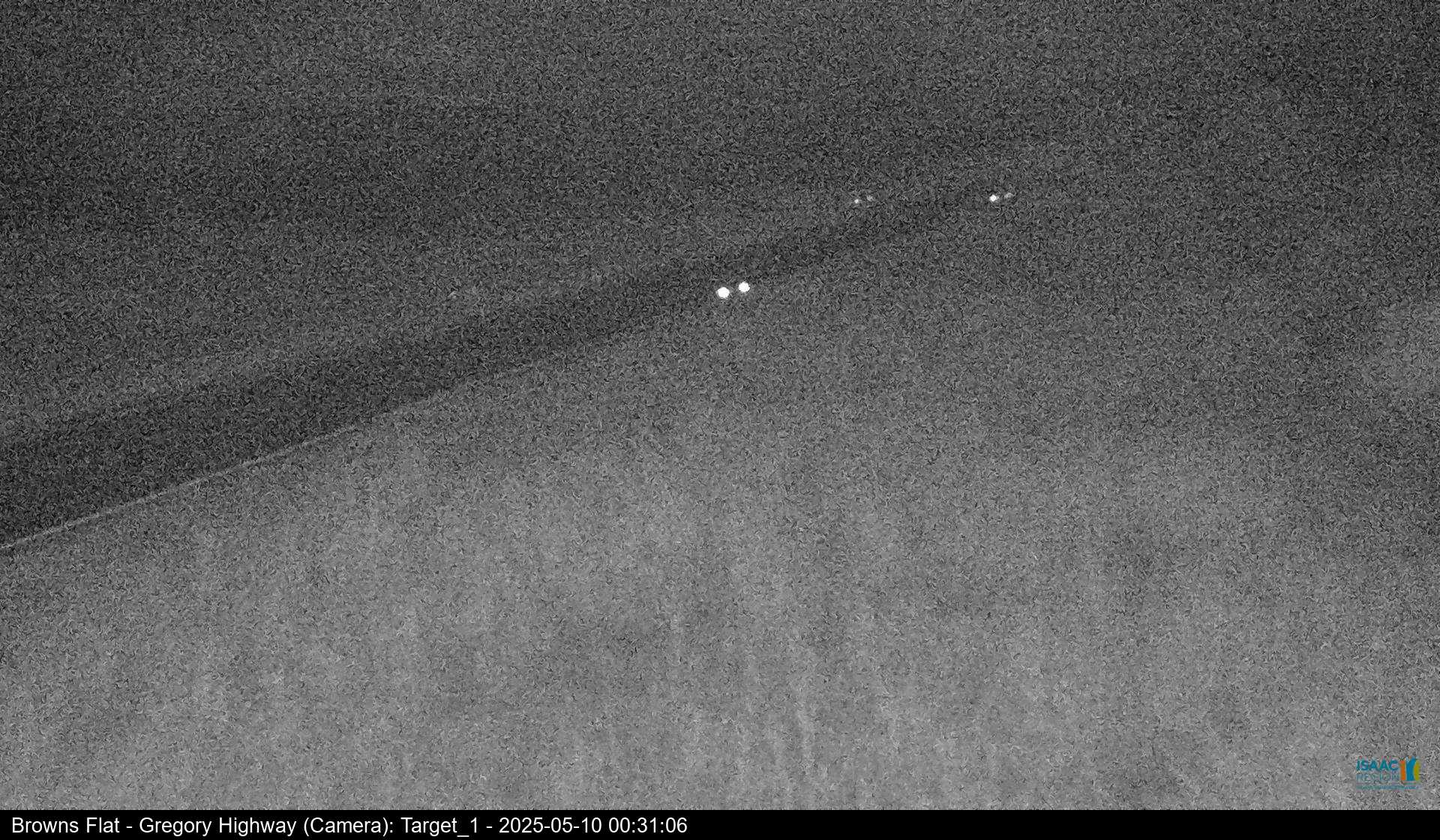
Hughes Creek - Dysart-Saraji Road 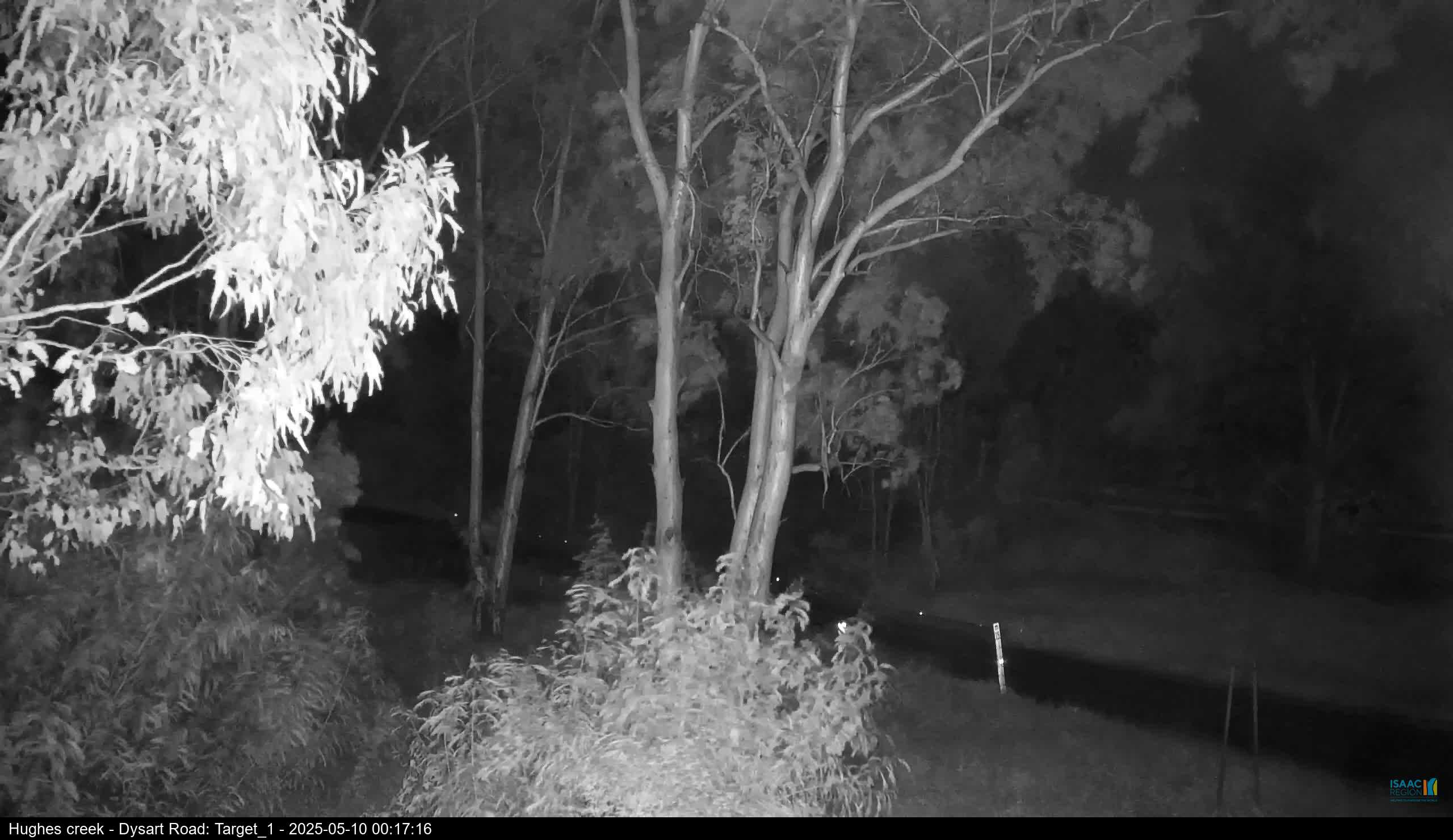
Prospect Creek (Sarina Marlborough Road) 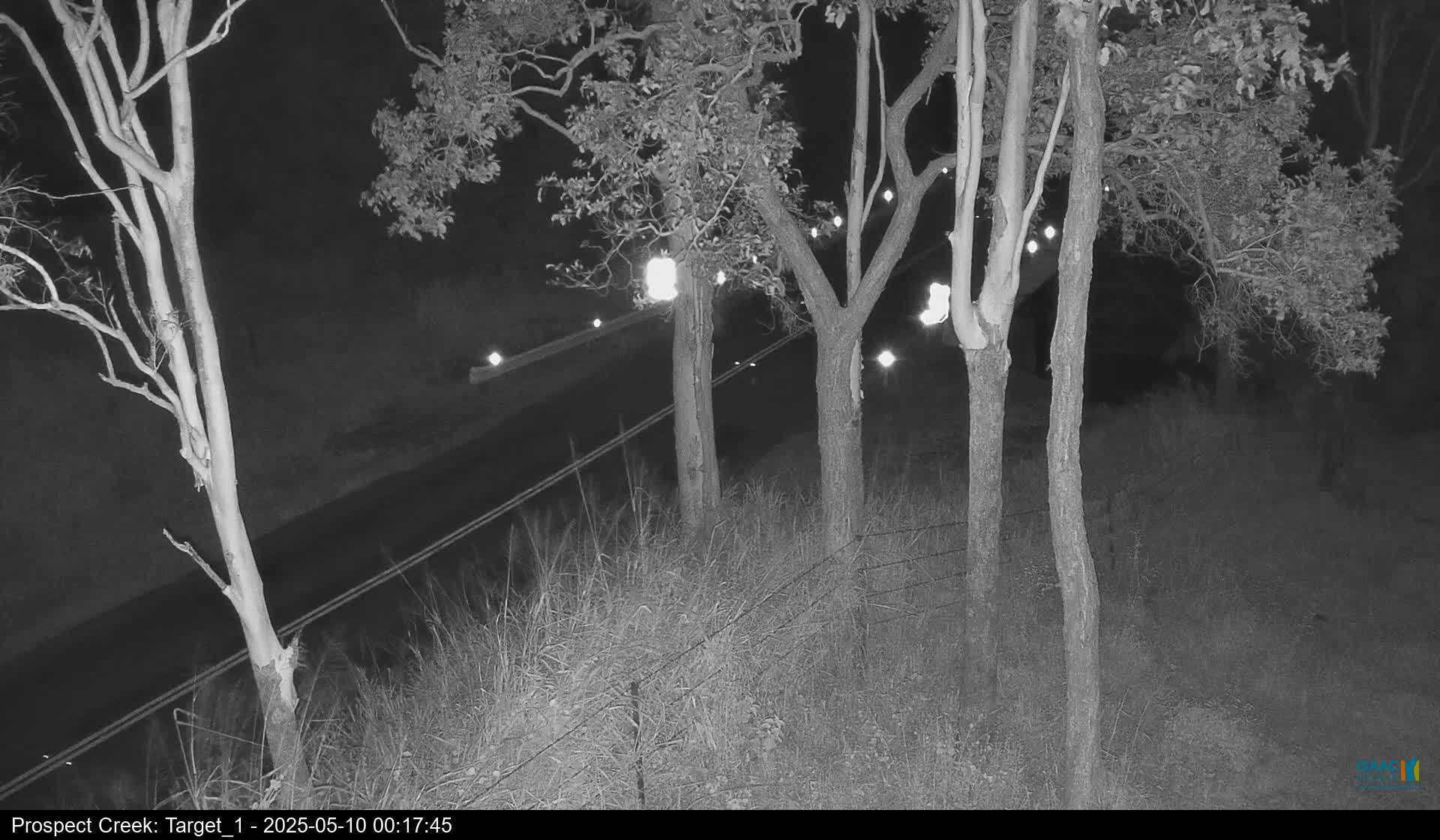
Theresa Creek Dam 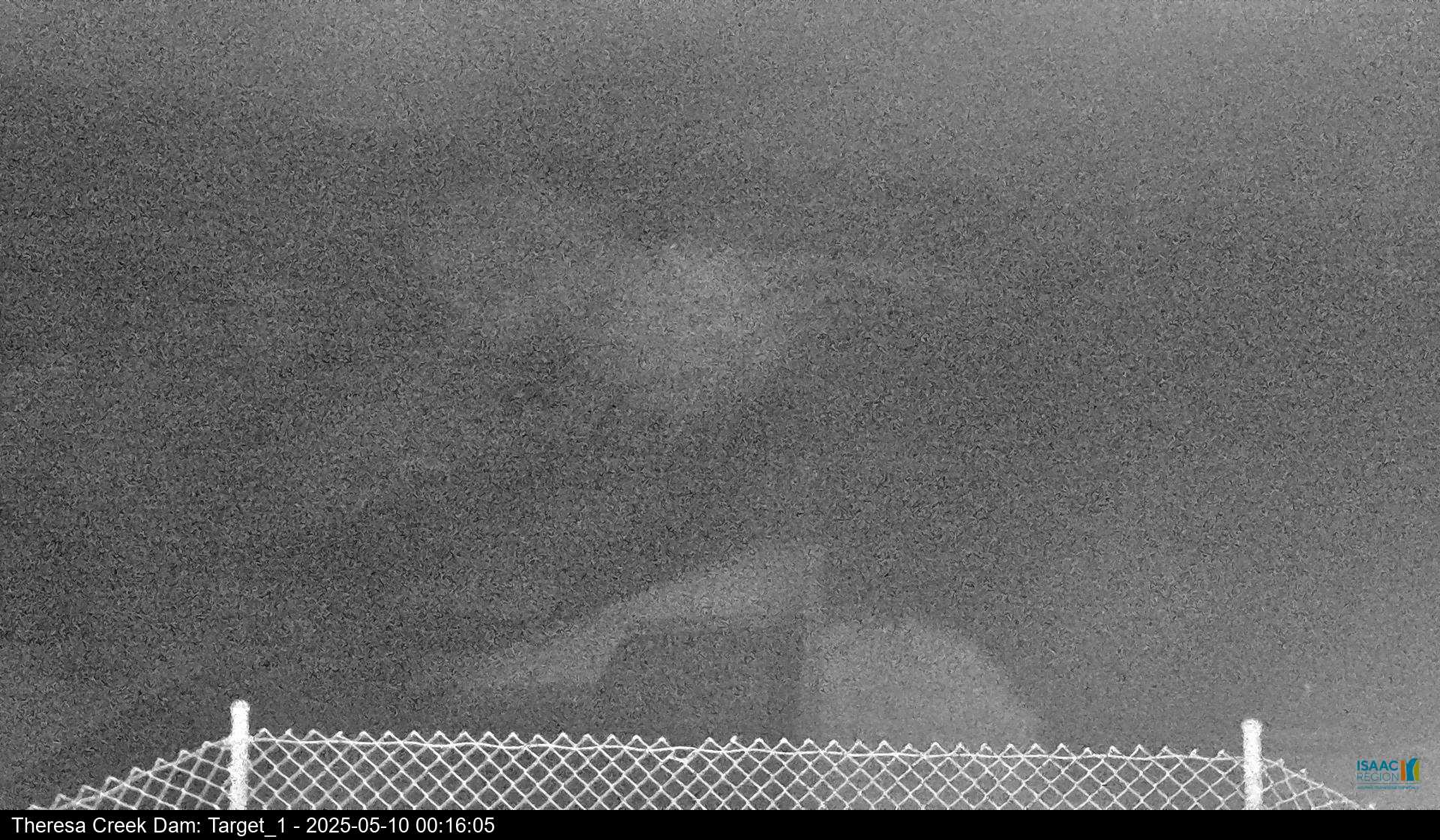
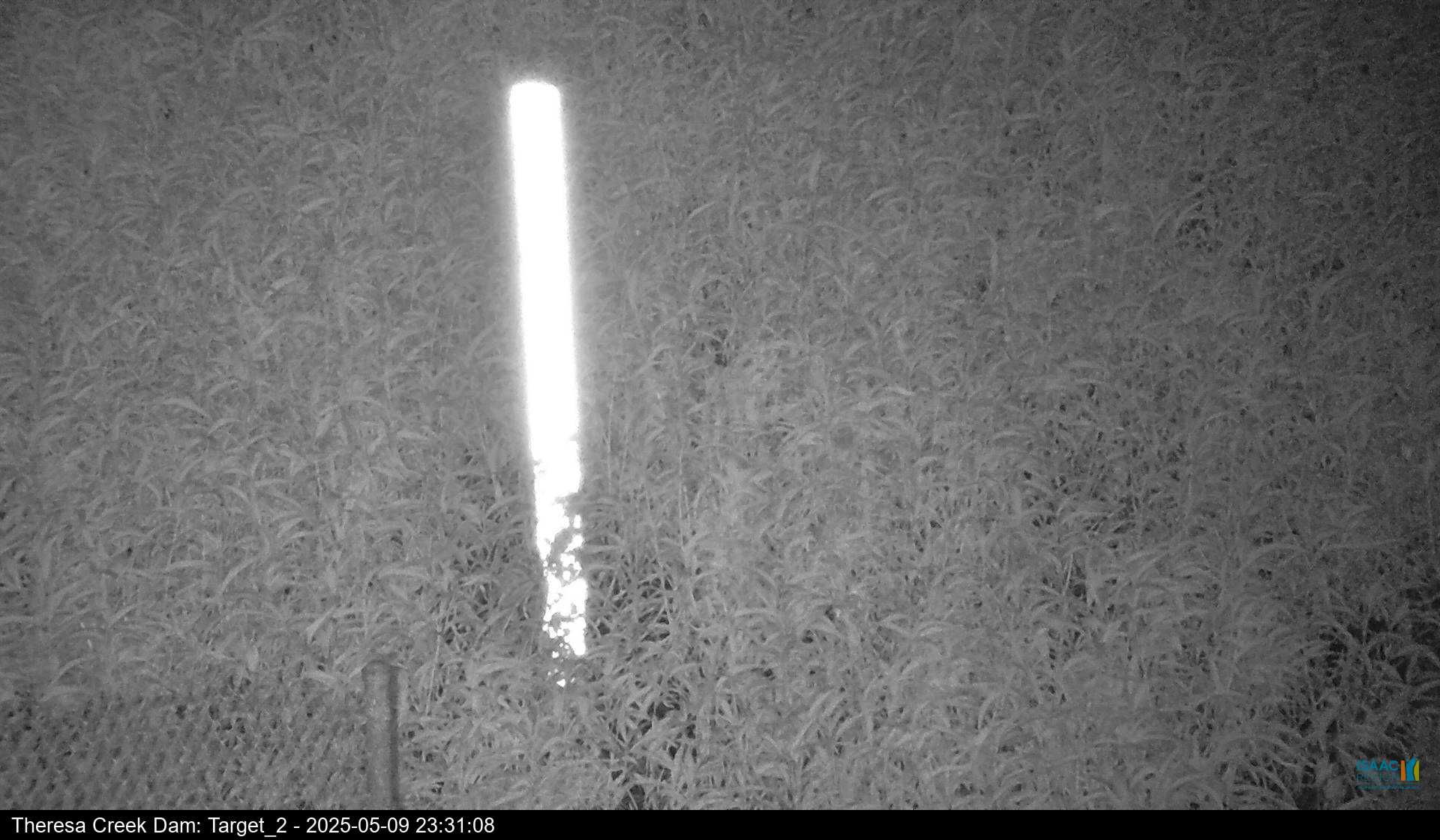
Thirty Mile Creek - Peak Downs Hwy, Coppabella 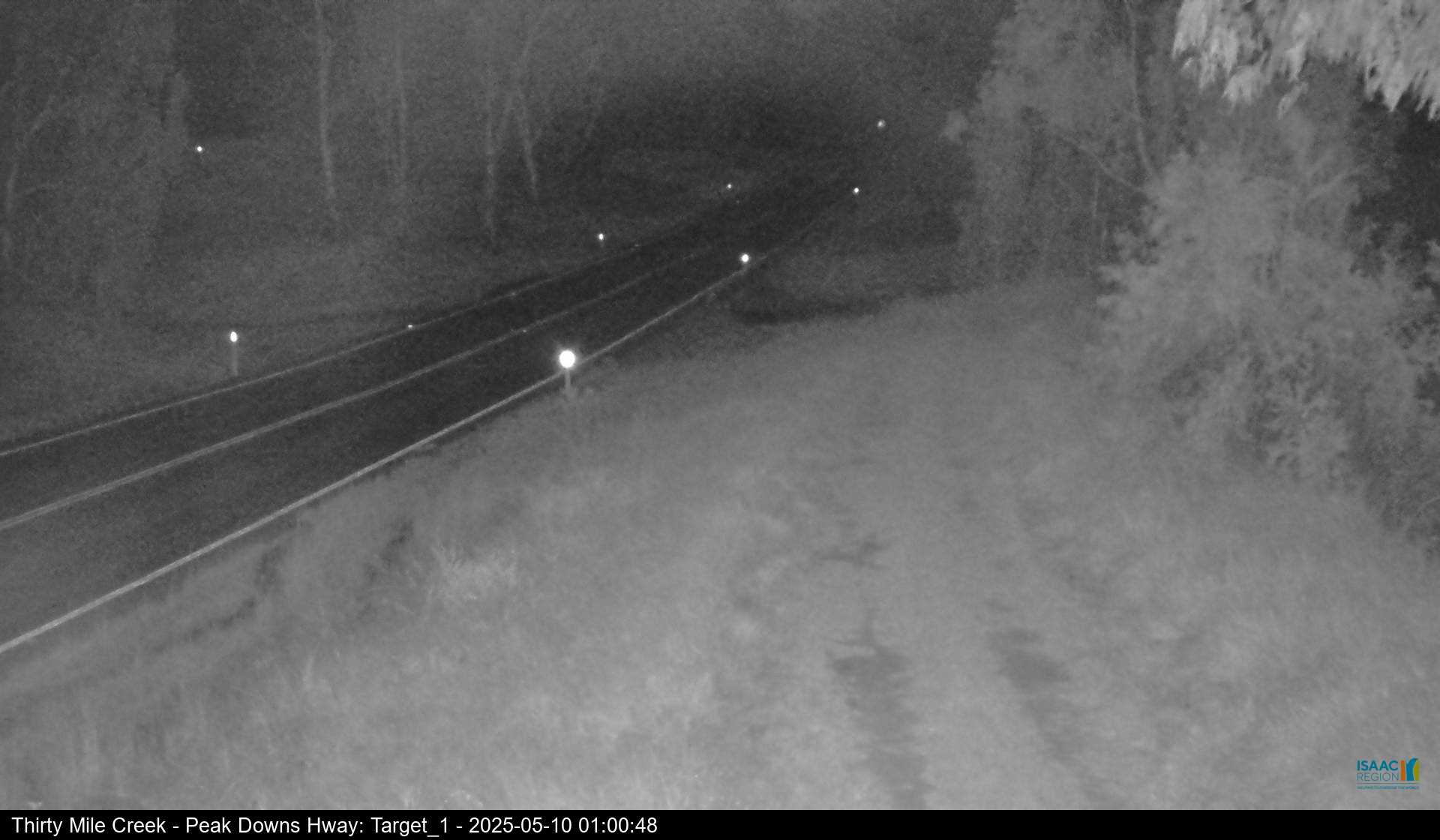
Bee Creek, Suttor Development Road 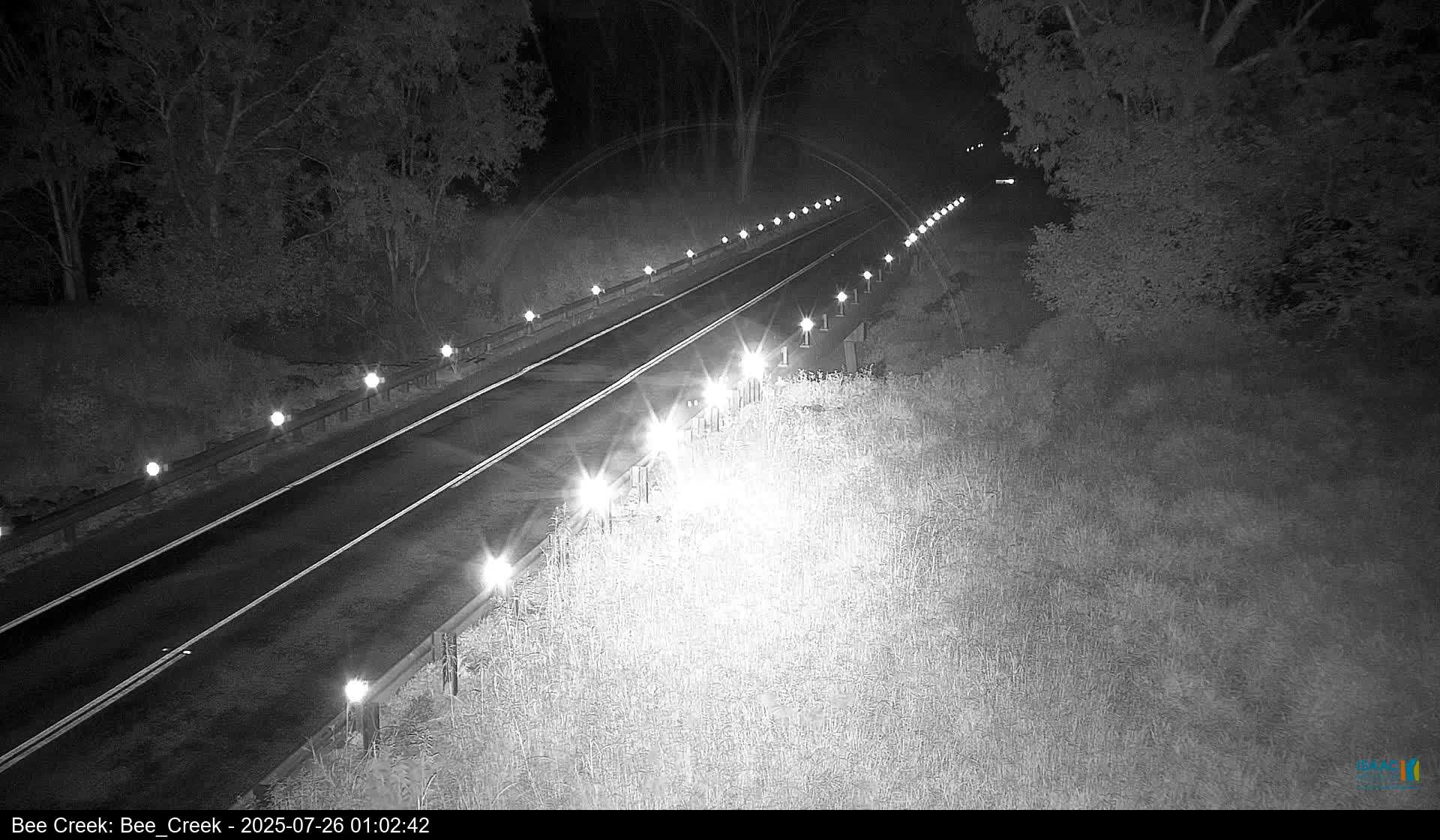
Peak Gully, Suttor Development Road 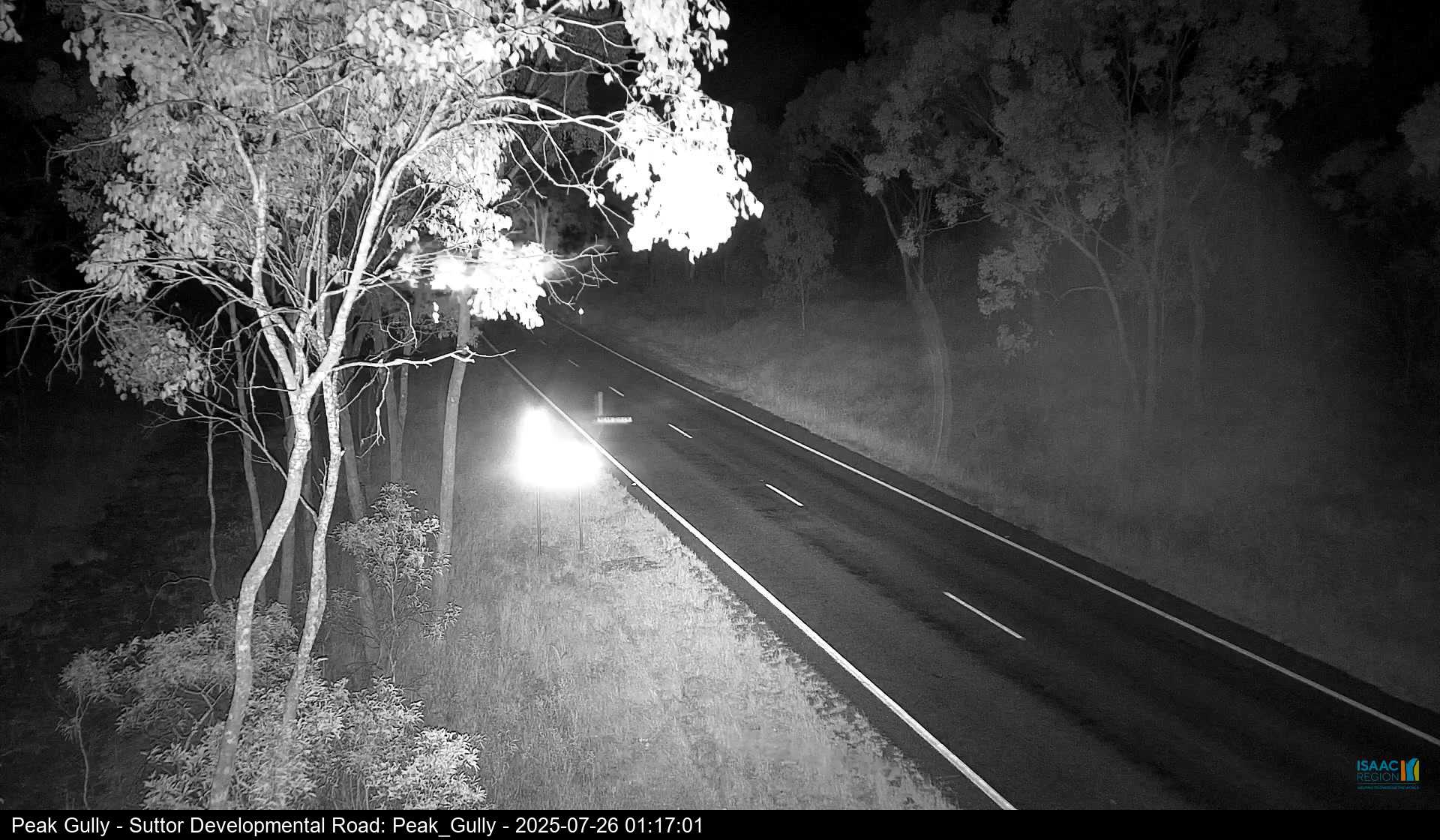
Campbell Creek (Convicts Crossing), Dysart Clermont Road 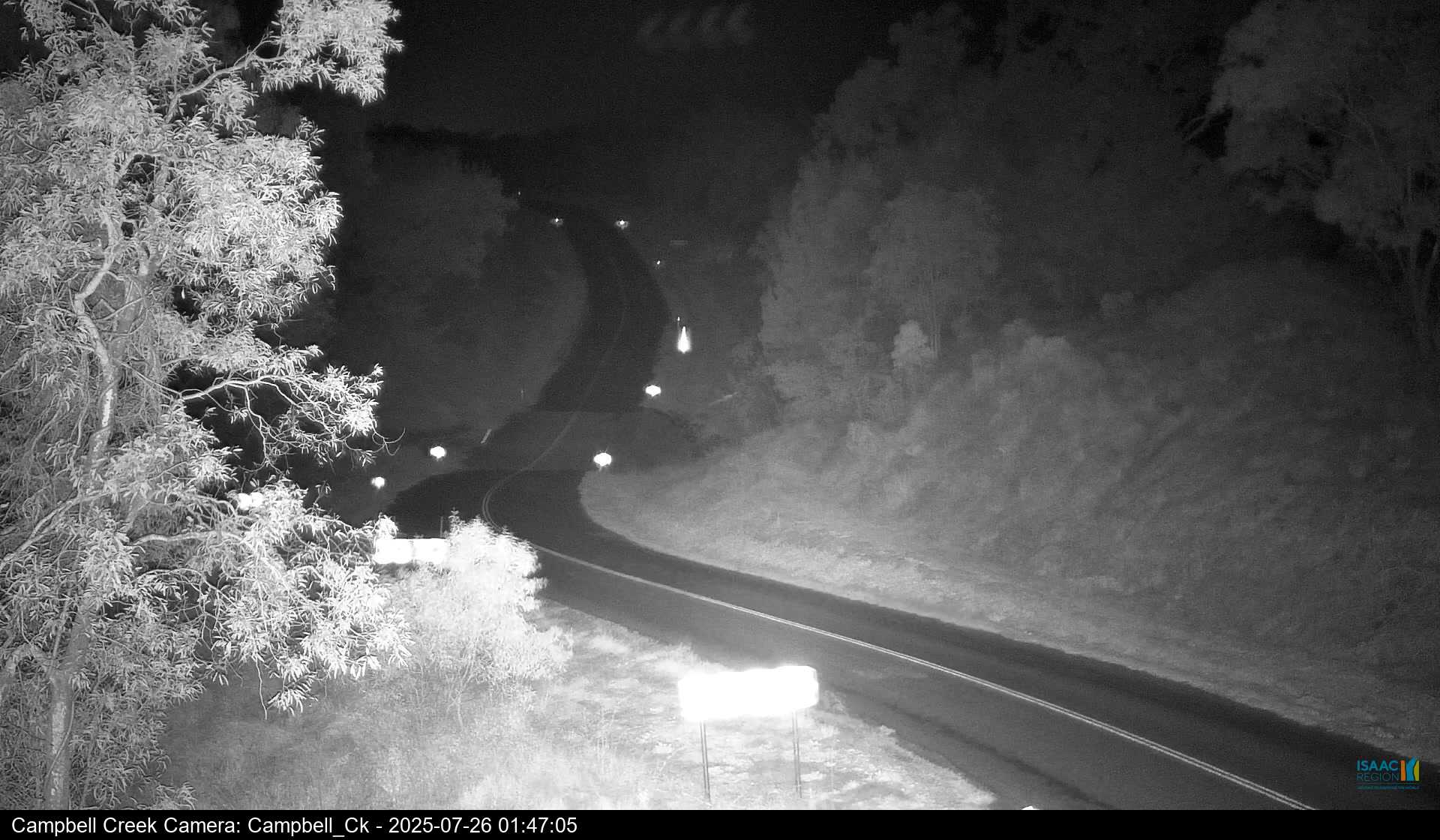
Downs Creek, Golden Mile Road 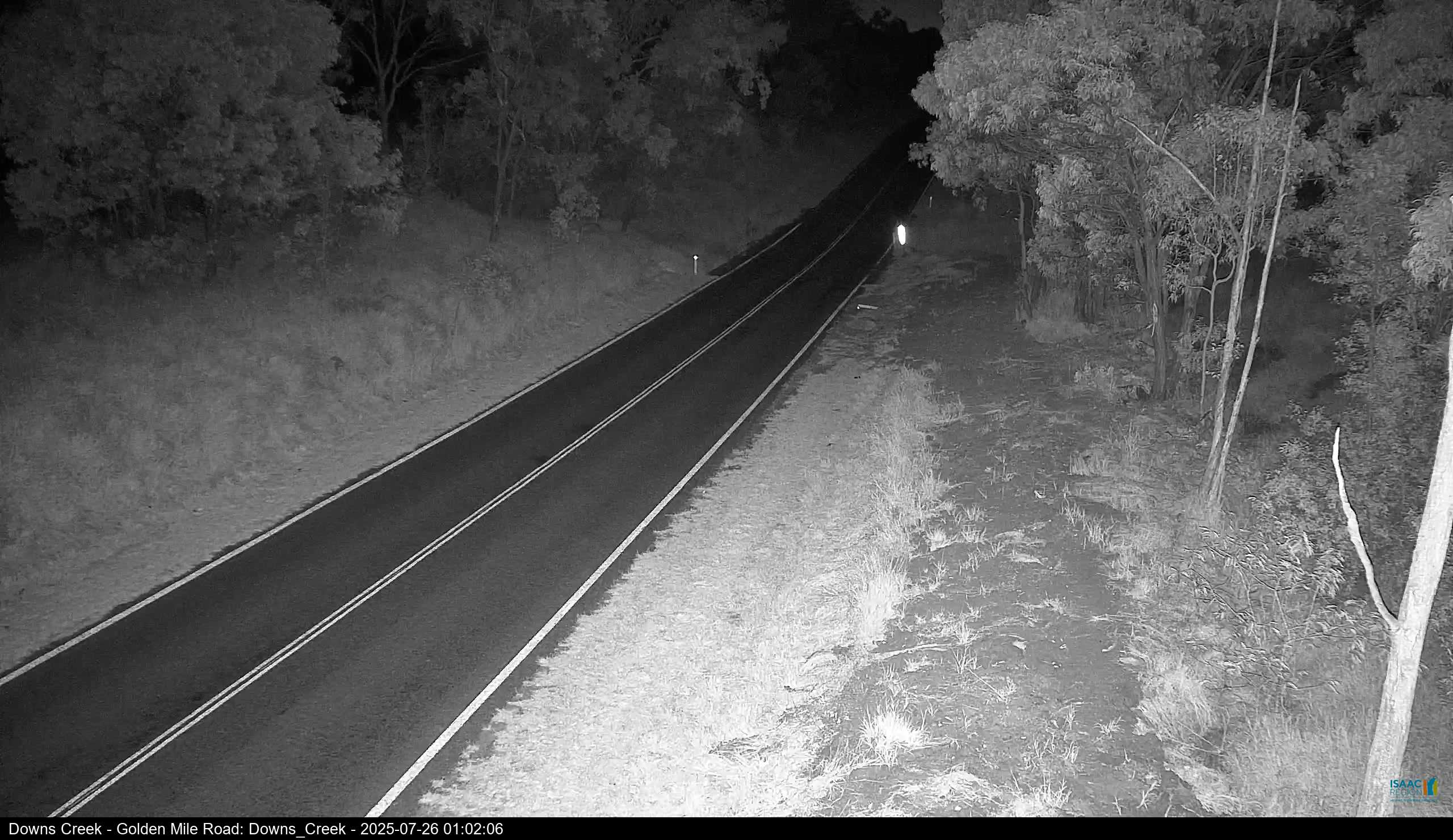
Prevention
Prevention activities reduce the impact of disaster events through the identification of hazards. Hazards are risks that could affect your household, causing you to evacuate or that could impact your evacuation plans. Hazards can include having power lines near trees, living in a street with only one access point, or having a creek behind your house. At a regional level, it also involves legislation, land-use planning and technical solutions.
Understand your risk
Preparedness
Preparedness is an ongoing set of activities in which people plan, prepare/organise and train for emergency situations. This includes tasks such as having an emergency kit, making an evacuation plan, simulating disaster situations and appropriate responses, and discussing emergency preparedness with your family, friends and neighbours.
- Understanding your risk
- Prepare your emergency plan
- Prepare your emergency kit
Response
Response is responding to the immediate needs of the emergency situation. A well-rehearsed emergency plan developed during the preparedness stage enables more effective responses at all levels.
Recovery
The Queensland Reconstruction Authority (QRA) is the lead agency responsible for disaster recovery in Queensland.
Recovery can be a long and challenging process that needs to recognise the diversity of our community. We need to take quick action at crucial times, while resources may be compromised. The success of our recovery after a disaster event is entirely dependent upon the resilience and continuing engagement of the affected community.
After an event, affected individuals and communities have diverse needs, wants and expectations. Demands are immediate, evolve rapidly and may create long term legacies.
Regional Resilience Strategies